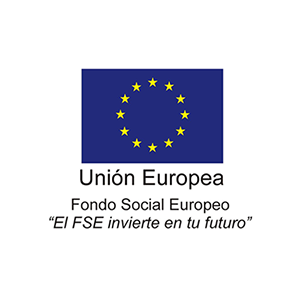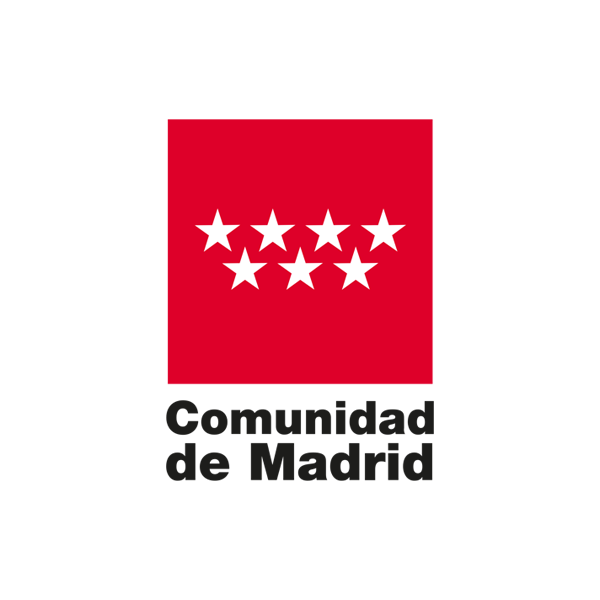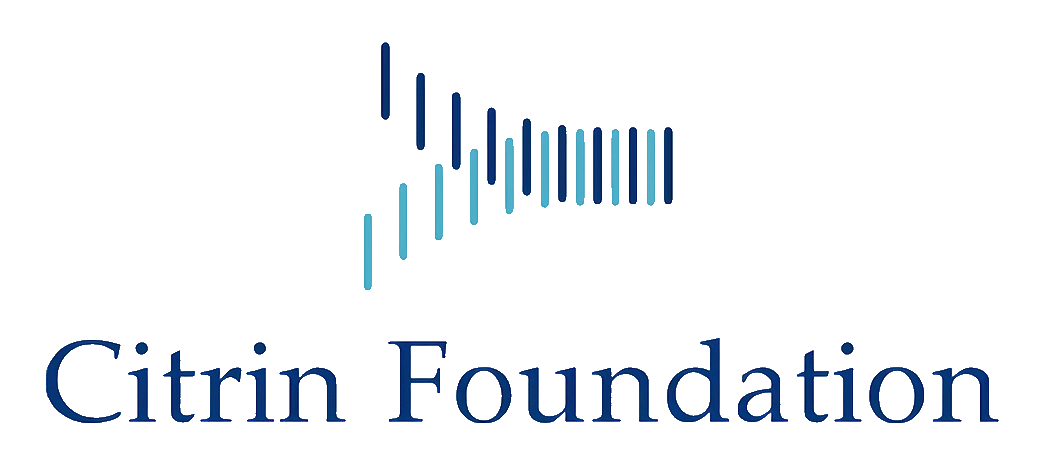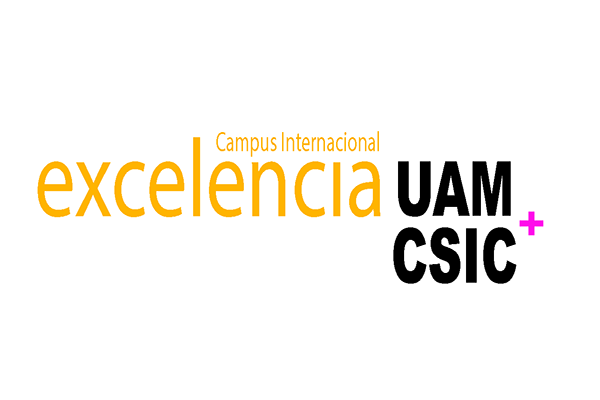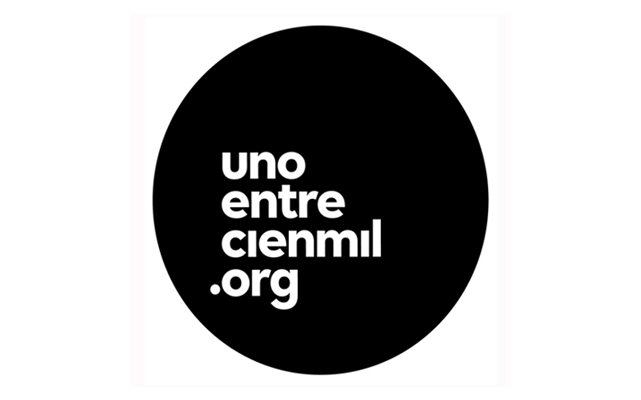Conjugation in Gram-positive bacteria
Research summary:
In addition to a chromosome, most bacteria contain one or more autonomously replicating units called plasmids, which have a modular structure. Besides an essential DNA replication module, many plasmids contain a conjugation module containing all the genes required for transfer of the plasmid from a donor to a recipient cell via a connecting pore. These plasmids, named conjugative plasmids, often contain toxin, virulence and/or antibiotic resistance genes. Conjugation is the main horizontal gene transfer route responsible for the spread of these genes. Particularly antibiotic resistance is an increasing global problem affecting the health of humans and animals and causing large economic losses. Understanding different aspects of the conjugation process is essential for designing strategies or drugs to combat conjugation-mediated spread of antibiotic resistance.
Little is known about conjugation in Gram-positive (G+) bacteria, which is why started to study this topic in our laboratory several years ago. Our studies were initially focused on plasmid pLS20 from Bacillus subtilis, but recently we found that pLS20 is the prototype of a family of related plasmids that allowed broadening our studies. Conjugation can be divided into four steps: (i) recognizing/attaching of the donor to the recipient cell, (ii) producing the channel through which the DNA is transferred, (iii) generating the ssDNA that is transferred, and (iv) establishment in the new host. We address all these steps in our studies using a multidisciplinary approach in collaboration with other laboratories. One of our recent discoveries is that most conjugation operons possess a novel two-component antitermination system essential for proper expression of the conjugation genes. This discovery changes our view on conjugation-related spread of antibiotic resistance.
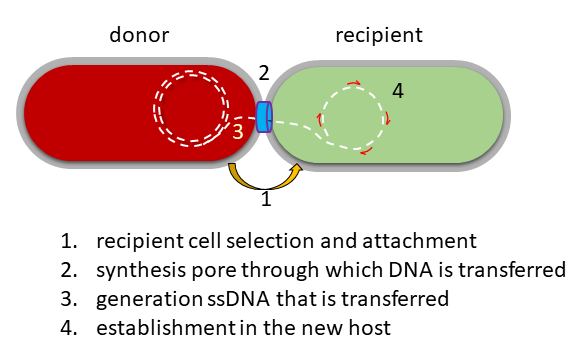
Fig. 1. Schematic representation of the four main steps involved in conjugation.
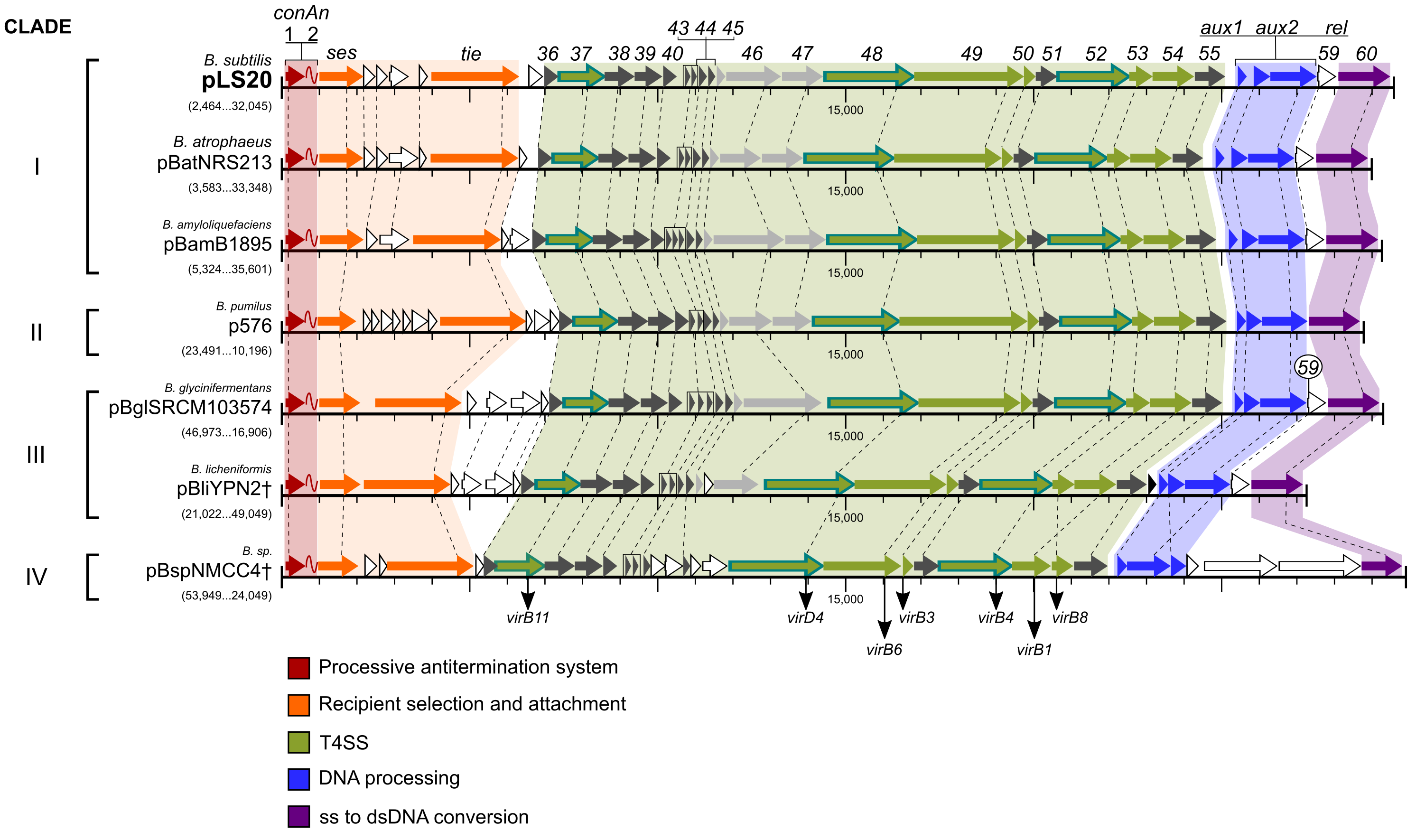
Fig. 2. Comparative map of the conjugation operon present on seven representative plasmids of the pLS20 family. Genes (arrows) involved in different steps of the conjugation process are indicated with colours as specified below the figure. White and grey arrows reflect non-conserved and conserved genes of unknown function, respectively.
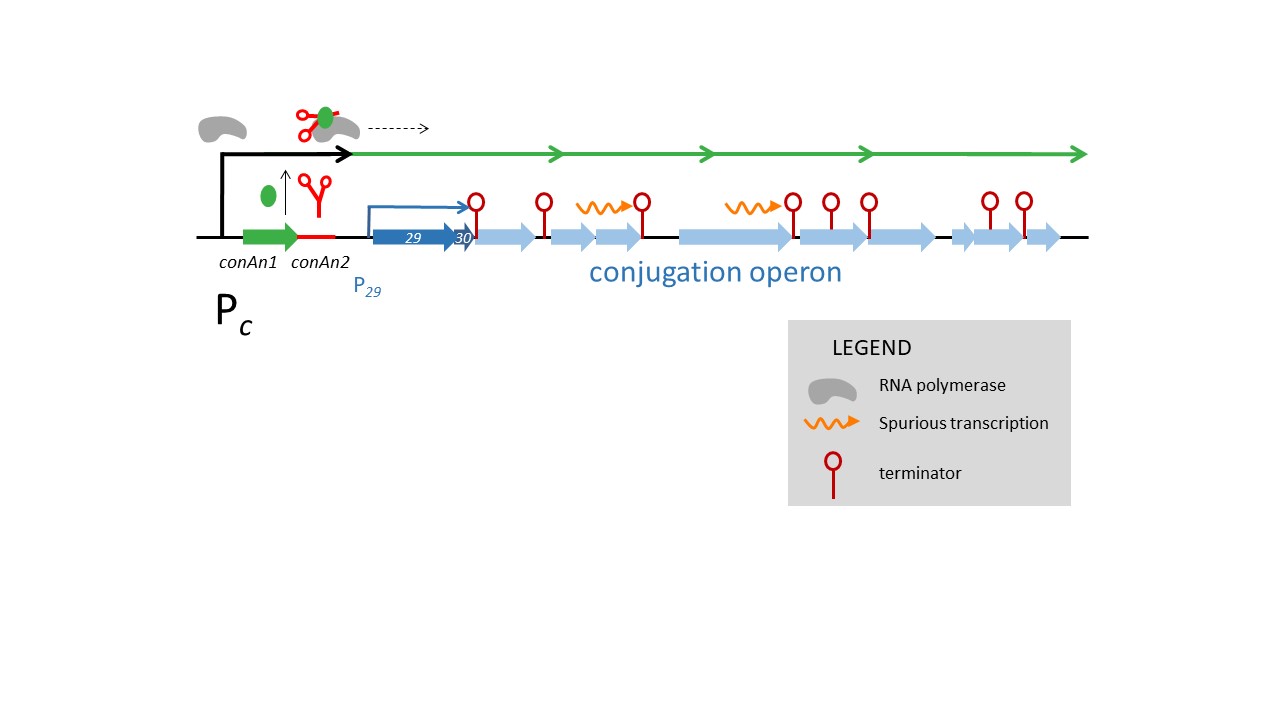
Fig. 3. Schematic overview of the two-component processive antitermination system present on pLS20 and most other conjugative plasmids of Gram-positive bacteria.
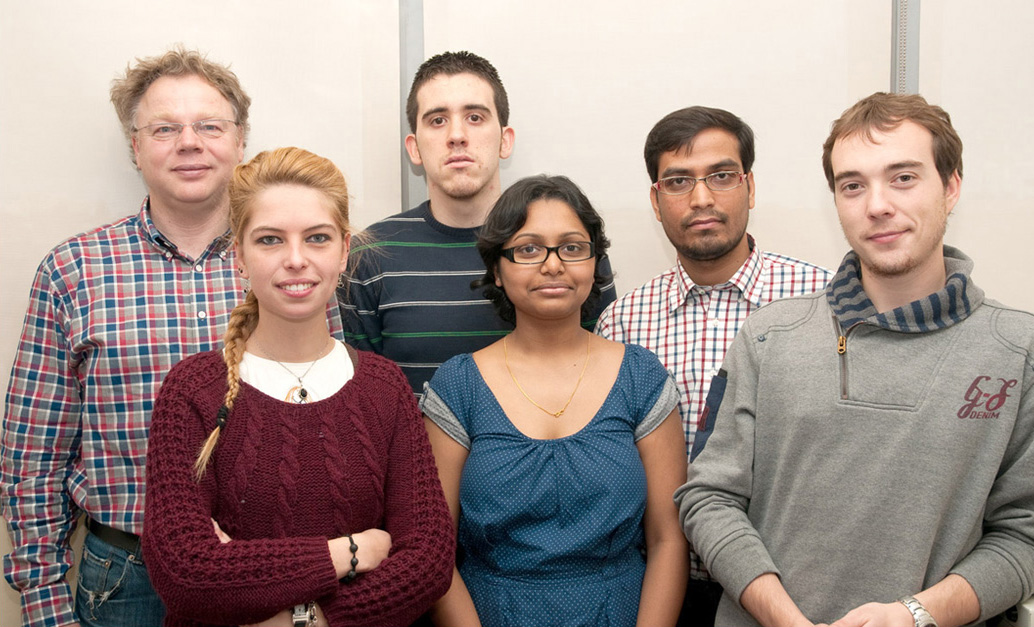
| Last name | Name | Laboratory | Ext.* | Professional category | |
|---|---|---|---|---|---|
| Freire Gómez | Fernando | 402 | 4539 | Estudiante | |
| González Alvarez | Daniel | 402 | 4515 | dgonzalez(at)cbm.csic.es | Titulado Sup. Actividades Tecn. y Prof.GP1 66% |
| Meijer | Wilfried | 402 | 4539 | wmeijer(at)cbm.csic.es | E. Investigadores Científicos de Organismos Públicos |
| Vaillo González | Aroa | 402 | 4539 | Estudiante TFG |
Relevant publications:
|
pLS20 is the archetype of a new family of conjugative plasmids harboured by Bacillus species. Val-Calvo J, Miguel-Arribas A, Abia D, Wu LJ, Meijer WJJ. NAR Genom Bioinform. 2021 Oct 27;3(4):lqab096. doi: 10.1093/nargab/lqab096. eCollection 2021 Dec. PMID: 34729475 Free PMC article. |
|
The arbitrium system controls prophage induction. Brady A, Quiles-Puchalt N, Gallego Del Sol F, Zamora-Caballero S, Felipe-Ruíz A, Val-Calvo J, Meijer WJJ, Marina A, Penadés JR. Curr Biol. 2021 Nov 22;31(22):5037-5045.e3. doi: 10.1016/j.cub.2021.08.072. Epub 2021 Sep 24. PMID: 34562384 Free PMC article. |
|
Mori K, Verrone V, Amatsu R, Fukui K, Meijer WJJ, Ishikawa S, Wipat A, Yoshida KI. Microorganisms. 2021 Sep 10;9(9):1931. doi: 10.3390/microorganisms9091931. PMID: 34576826 Free PMC article. |
|
Micellar Antibiotics of Bacillus. Ferreira WT, Hong HA, Hess M, Adams JRG, Wood H, Bakun K, Tan S, Baccigalupi L, Ferrari E, Brisson A, Ricca E, Teresa Rejas M, Meijer WJJ, Soloviev M, Cutting SM. Pharmaceutics. 2021 Aug 19;13(8):1296. doi: 10.3390/pharmaceutics13081296. PMID: 34452257 Free PMC article. |
|
Miguel-Arribas A, Val-Calvo J, Gago-Córdoba C, Izquierdo JM, Abia D, Wu LJ, Errington J, Meijer WJJ. Nucleic Acids Res. 2021 Jun 4;49(10):5553-5567. doi: 10.1093/nar/gkab360. PMID: 33999173 Free PMC article. |
|
Multiple Layered Control of the Conjugation Process of the Bacillus subtilis Plasmid pLS20. Meijer WJJ, Boer DR, Ares S, Alfonso C, Rojo F, Luque-Ortega JR, Wu LJ. Front Mol Biosci. 2021 Mar 18;8:648468. doi: 10.3389/fmolb.2021.648468. eCollection 2021. PMID: 33816561 Free PMC article. Review. |
|
Gago-Córdoba C, Val-Calvo J, Abia D, Díaz-Talavera A, Miguel-Arribas A, Aguilar Suárez R, van Dijl JM, Wu LJ, Meijer WJJ. mBio. 2021 Mar 16;12(2):e00104-21. doi: 10.1128/mBio.00104-21. PMID: 33727345 Free PMC article. |
|
Singh PK, Serrano E, Ramachandran G, Miguel-Arribas A, Gago-Cordoba C, Val-Calvo J, López-Pérez A, Alfonso C, Wu LJ, Luque-Ortega JR, Meijer WJJ. Nucleic Acids Res. 2020 Nov 4;48(19):10785-10801. doi: 10.1093/nar/gkaa797. PMID: 33045732 Free PMC article. |
|
Crespo I, Bernardo N, Miguel-Arribas A, Singh PK, Luque-Ortega JR, Alfonso C, Malfois M, Meijer WJJ, Boer DR. Nucleic Acids Res. 2020 Aug 20;48(14):8113-8127. doi: 10.1093/nar/gkaa540. PMID: 32658272 Free PMC article. |
|
Gago-Córdoba C, Val-Calvo J, Miguel-Arribas A, Serrano E, Singh PK, Abia D, Wu LJ, Meijer WJJ. Front Microbiol. 2019 Jul 10;10:1502. doi: 10.3389/fmicb.2019.01502. eCollection 2019. PMID: 31354647 Free PMC article. |
|
Val-Calvo J, Miguel-Arribas A, Gago-Córdoba C, López-Pérez A, Ramachandran G, Singh PK, Ramos-Ruiz R, Meijer WJJ. Microbiol Resour Announc. 2019 Apr 18;8(16):e00089-19. doi: 10.1128/MRA.00089-19. PMID: 31000541 Free PMC article. |
|
Novel regulatory mechanism of establishment genes of conjugative plasmids. Val-Calvo J, Luque-Ortega JR, Crespo I, Miguel-Arribas A, Abia D, Sánchez-Hevia DL, Serrano E, Gago-Córdoba C, Ares S, Alfonso C, Rojo F, Wu LJ, Boer DR, Meijer WJJ. Nucleic Acids Res. 2018 Dec 14;46(22):11910-11926. doi: 10.1093/nar/gky996. PMID: 30380104 Free PMC article. |
|
A novel method for transforming the thermophilic bacterium Geobacillus kaustophilus. Miyano M, Tanaka K, Ishikawa S, Mori K, Miguel-Arribas A, Meijer WJJ, Yoshida KI. Microb Cell Fact. 2018 Aug 17;17(1):127. doi: 10.1186/s12934-018-0969-9. PMID: 30119674 Free PMC article. |
|
Miyano M, Tanaka K, Ishikawa S, Takenaka S, Miguel-Arribas A, Meijer WJJ, Yoshida KI. Microb Cell Fact. 2018 Jan 27;17(1):13. doi: 10.1186/s12934-017-0855-x. PMID: 29374463 Free PMC article. |
|
Miguel-Arribas A, Hao JA, Luque-Ortega JR, Ramachandran G, Val-Calvo J, Gago-Córdoba C, González-Álvarez D, Abia D, Alfonso C, Wu LJ, Meijer WJJ. Front Microbiol. 2017 Nov 3;8:2138. doi: 10.3389/fmicb.2017.02138. eCollection 2017. PMID: 29163424 Free PMC article. |
|
Discovery of a new family of relaxases in Firmicutes bacteria. Ramachandran G, Miguel-Arribas A, Abia D, Singh PK, Crespo I, Gago-Córdoba C, Hao JA, Luque-Ortega JR, Alfonso C, Wu LJ, Boer DR, Meijer WJ. PLoS Genet. 2017 Feb 16;13(2):e1006586. doi: 10.1371/journal.pgen.1006586. eCollection 2017 Feb. PMID: 28207825 Free PMC article. |
|
Ramachandran G, Singh PK, Luque-Ortega JR, Yuste L, Alfonso C, Rojo F, Wu LJ, Meijer WJ. PLoS Genet. 2014 Oct 23;10(10):e1004733. doi: 10.1371/journal.pgen.1004733. eCollection 2014 Oct. PMID: 25340403 Free PMC article. |
|
Diverse regulatory circuits for transfer of conjugative elements. Singh PK, Meijer WJ. FEMS Microbiol Lett. 2014 Sep;358(2):119-28. doi: 10.1111/1574-6968.12526. Epub 2014 Jul 17. PMID: 24995588 Review. |
|
Singh PK, Ramachandran G, Ramos-Ruiz R, Peiró-Pastor R, Abia D, Wu LJ, Meijer WJ. PLoS Genet. 2013 Oct;9(10):e1003892. doi: 10.1371/journal.pgen.1003892. Epub 2013 Oct 31. PMID: 24204305 Free PMC article. |
|
Singh PK, Ramachandran G, Durán-Alcalde L, Alonso C, Wu LJ, Meijer WJ. Environ Microbiol. 2012 Oct;14(10):2812-25. doi: 10.1111/j.1462-2920.2012.02819.x. Epub 2012 Jul 11. PMID: 22779408 |
|
Singh PK, Ballestero-Beltrán S, Ramachandran G, Meijer WJ. Res Microbiol. 2010 Nov;161(9):772-82. doi: 10.1016/j.resmic.2010.07.007. Epub 2010 Sep 21. PMID: 20863889 |
5. Ongoing
Title: The initial steps of the pLS20 conjugation process: insights into the mechanism of recipient cell selection and attachment by donor cells
Name PhD student: César Gago Córdoba
University: Universidad Autónoma Madrid
Faculty: Sciences
Assessment:
Fecha prevista: marzo 2022
4. Title: The pLS20 family of plasmids and regulation of their establishment genes.
Name PhD student:Jorge Val Calvo
University: Universidad Autónoma Madrid
Faculty: Sciences
Assessment: Cum laude by unanimity
Date: 25 February 2021
3. Title: Discovery of a novel antitermination system present on many conjugative plasmids of Gram-positive bacteria
Name PhD student:Andrés Miguel Arribas
University: Universidad Autónoma Madrid
Faculty: Sciences
Assessment: Cum laude by unanimity
Date: 11 September 2020
Award: best PhD thesis of the year of the CBM-SO
2. Title: Functional characterization of the Bacillus subtilis conjugative plasmid pLS20: identification of relaxosome components and mechanism of transcriptional control of main conjugation promoter Pc
Name PhD student: Gayetri Ramachandran
University: Universidad Autónoma Madrid
Faculty: Sciences, Bioquímica Biologia Molecular, Biomedicina y Biotecnología
Assessment: superb cum laude by unanimity
Date: 13 March 2015
1. Title: Characterization of a native plasmid from Bacillus subtilis with special focus on its regulatory circuit for conjugation
Name PhD student:Praveen K. Singh
University: Universidad Autónoma Madrid
Faculty: Sciences, programme: Biochemistry, Molecular Biology, Biomedicine and Biotechnology
Assessment: superb cum laude by unanimity
Date: 24 July 2014
Award: best PhD thesis of the year of the Autonomous University of Madrid

